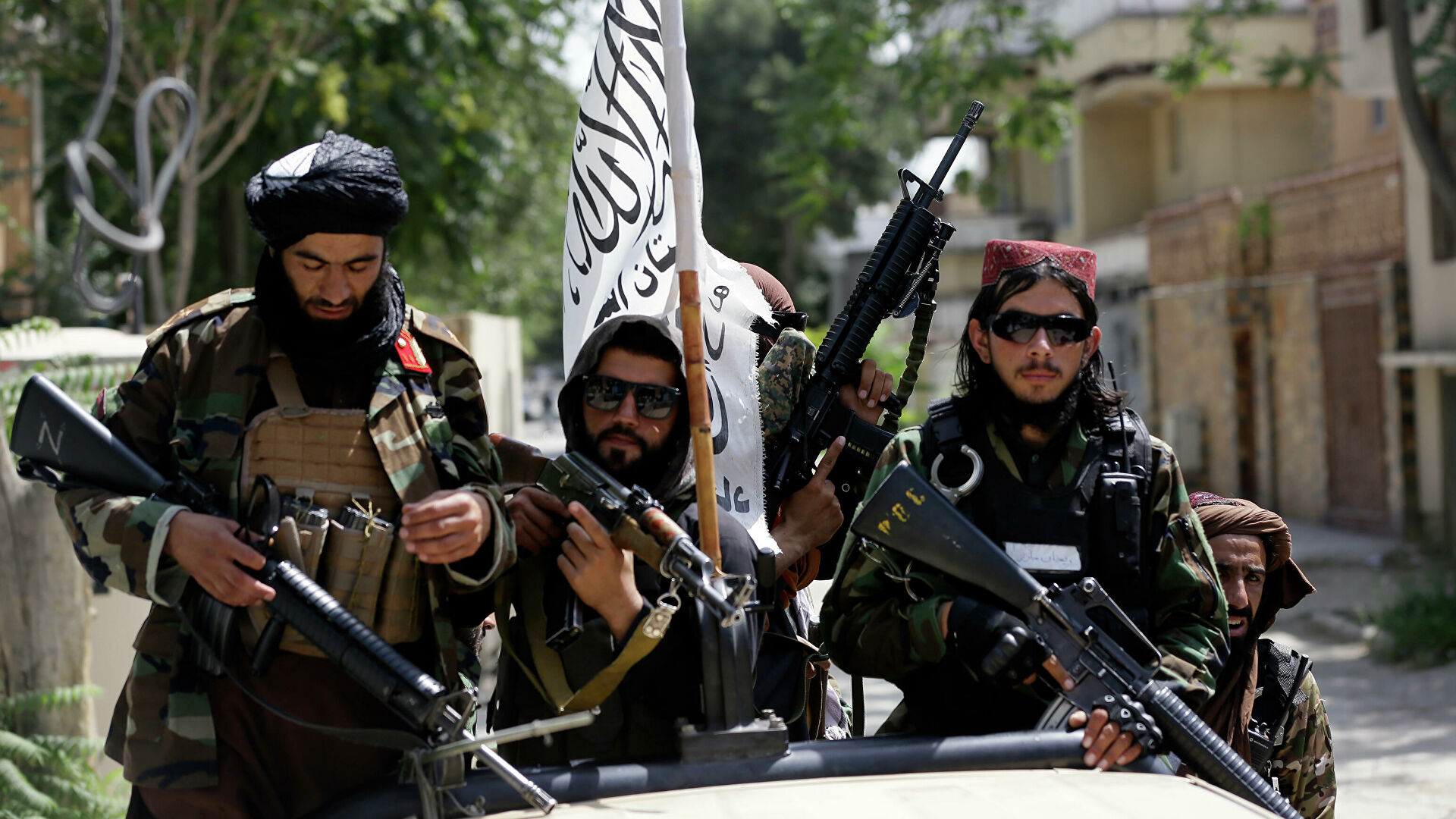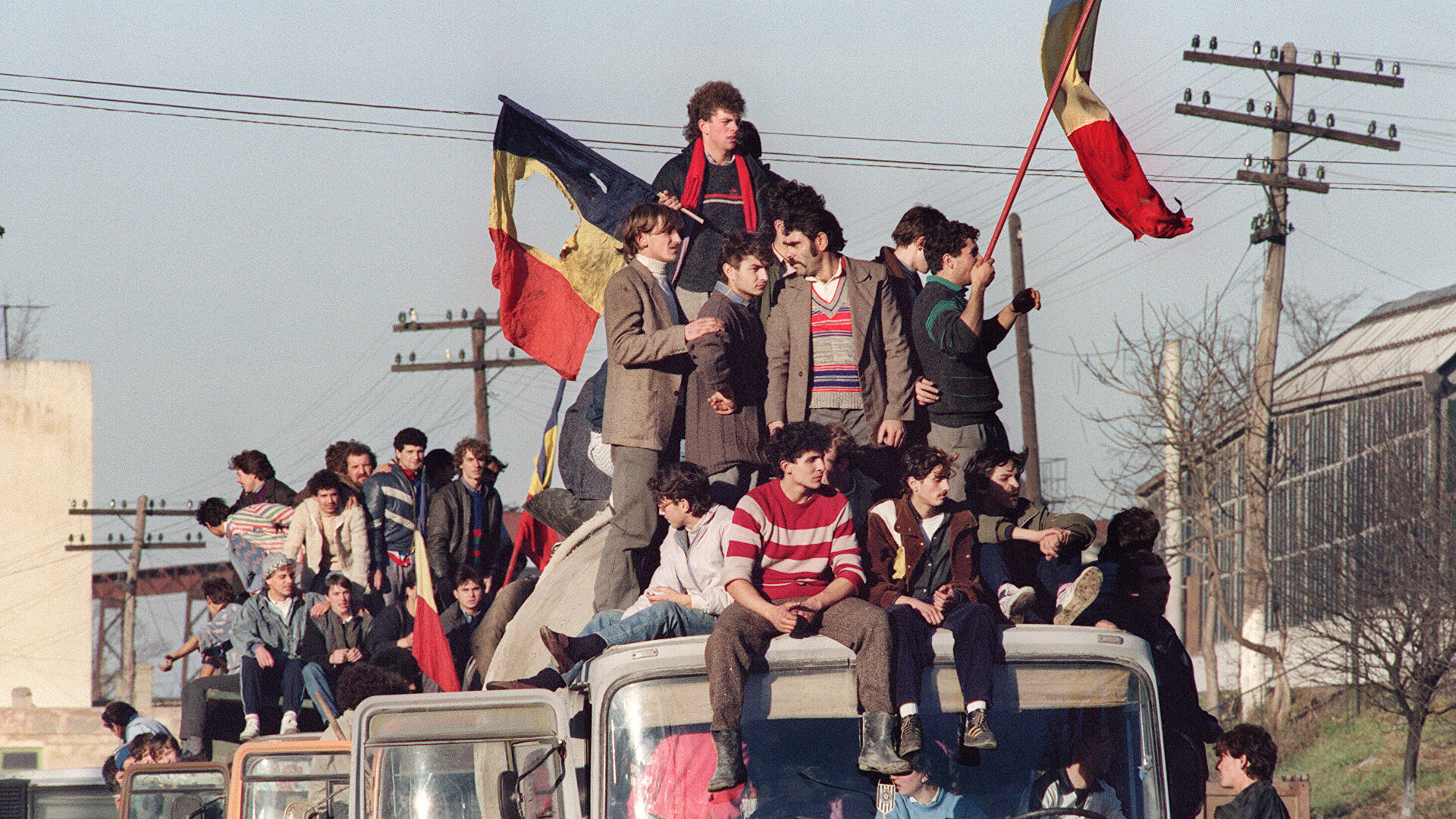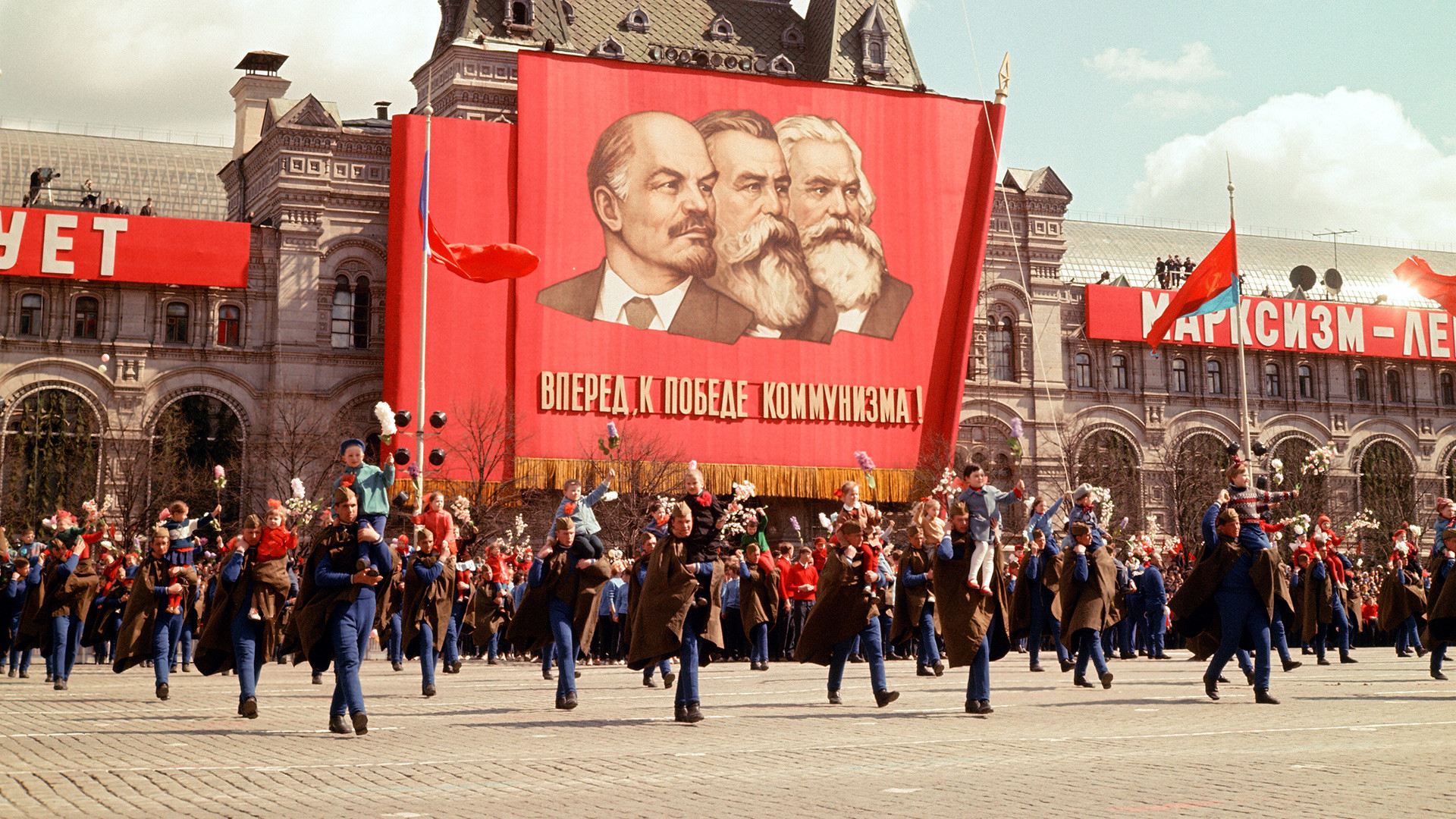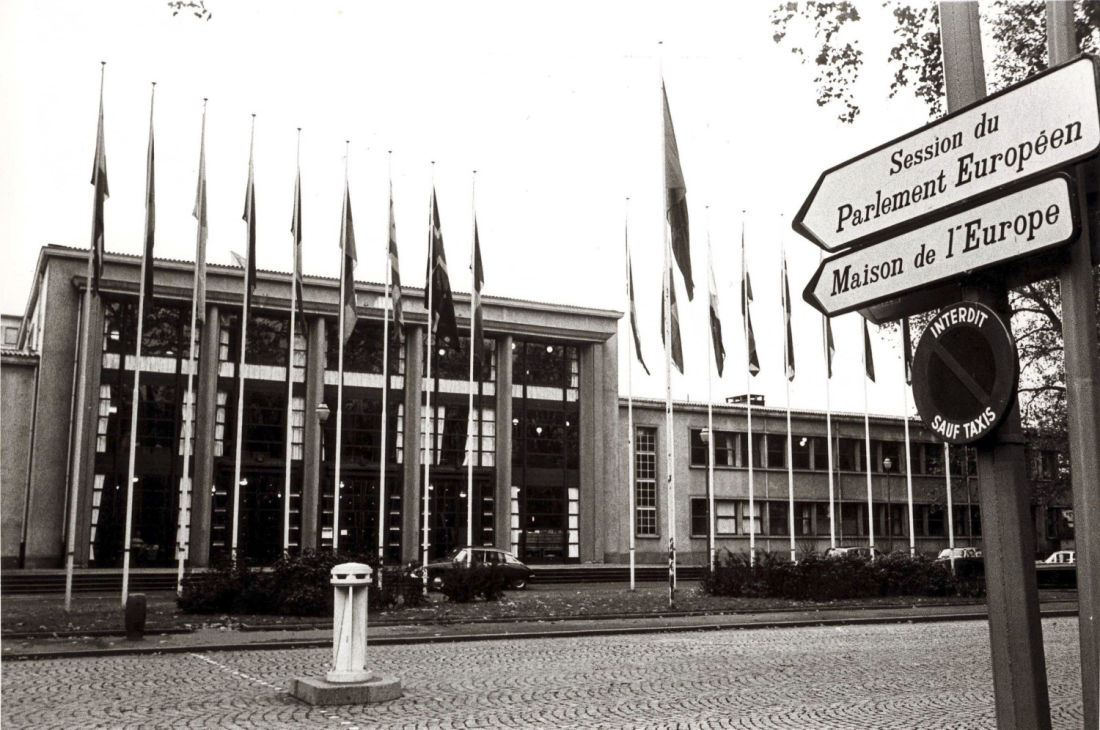1989 was an important year that symbolized the collapse of the Iron Curtain in Eastern Europe with a series of events such as the fall of the Berlin Wall and Czechoslovakia’s Velvet Revolution. The Romanian Revolution of December 1989, written by Peter Siani-Davies, provides a proper narrative regarding the background and aftermath of Eastern Europe’s bloodiest turmoil, which ended up with the overthrow, and then execution of Nicolae Ceauşescu, who was the last oppressive communist leader of Romania. Siani-Davies’s work can also be regarded as one of the specific case studies that aim to analyze and reveal the real motives behind the collapse of Romania’s socialist regime. In addition, the author distinguishes the outbreak of the events in Romania from other surprising upheavals in different socialist states at that time, depending on the characteristics of the Ceauşescu regime. To cement this point, Romania was the last representative of the Stalinist model in Eastern Europe, and the regime consolidated its position with the secret police force called “Securitate” that spread fear among the society through physical suppression practices. Moreover, there was an autarkic economic system that tried to survive at the expense of society’s welfare, and it put severe pressures on ordinary people.
When it comes to the major questions of the book, initially author strives to clarify whether the abrupt social movement of December 1989 could be portrayed as a genuine revolution. In particular, the author stressed on terrorist attacks resulted in terrible devastations in the capital Bucharest and other important cities of Romania. In that sense, Siani-Davies discusses whether those atrocities were conducted by Securitate or whether the chaotic events were all the conspiracies of those people who managed to seize power. While analyzing the radical transformation in Romania, the author resorts to political science methodology and establishes his main arguments by making use of comprehensive sources including official documents, newspaper articles, interviews, multimedia transcripts, and even first-hand memories of revolutionaries that enable interpretation of ingrained knowledge regarding the revolution. Even though the majority of those sources give only indirect accounts of events and limitations are imposed on primary sources, Siani-Davies managed to produce persuasive work through reinforcing his theoretical framework with diverse research findings involving case studies and comparisons.
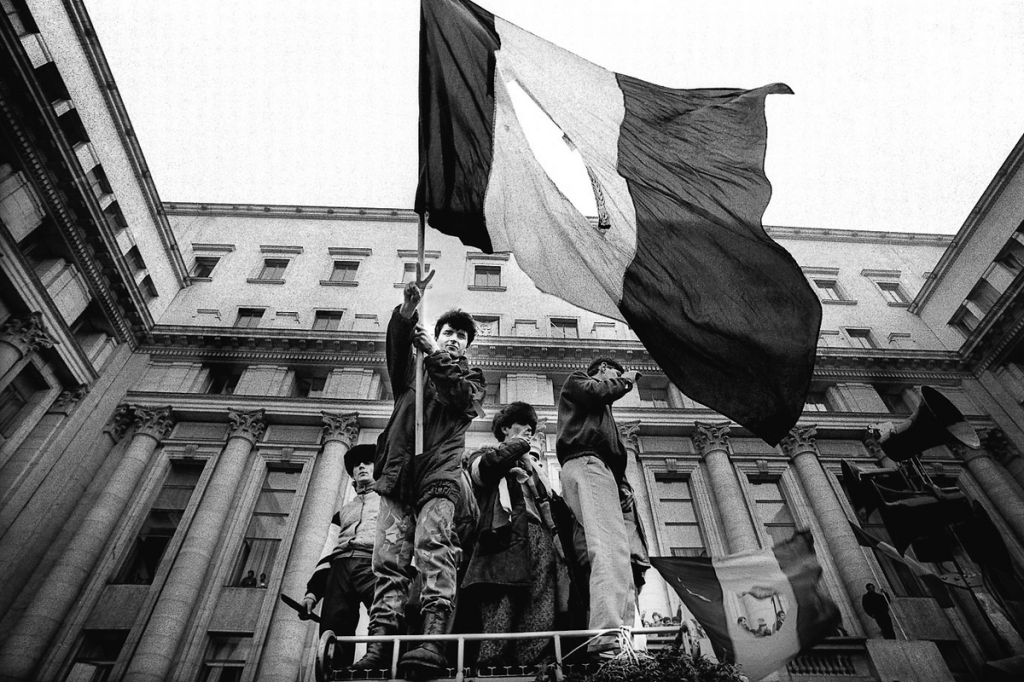

Concerning the content of the author’s narration, the first chapter begins with a discussion on the causes of the revolution in terms of examining forces and factors that trigger the emergence of such turmoil. According to the author, the unexpected rise of the mass anti-regime movement could not be comprehended through referring to prevalent explanations in connection with impoverishment and lack of welfare. Instead, prerequisites for the emergence of that unrest are attributed to the instability in the state structure, mobilization of revolutionary dissidents against the established rule, and permissive international circumstances at that time. By contrast with the impressions on the state’s disciplined administrative structure, Ceauşescu’s dictatorship gave rise to corruption and injustice. In spite of the overrated cult of personality, there was an apparent incompetent leadership that seeks unquestioning devotion from both cadres of the Romanian Communist Party (RCP) and ordinary people. Thus, Siani-Davies advocates that these conditions induced mass movement to take a position against the regime during the time when the international environment was about to change. The second chapter provides a piece of detailed information regarding both outbreaks of civil unrest that started on December 16 and the flight of Nicolae Ceauşescu and his wife, Elena, from the capital Bucharest on December 22. Above all, tragic events that occurred in Timişoara and Bucharest are covered in this part.


In Timişora, Laszlo Tökes, who is an ethnic Hungarian pastor, protested the communist regime’s policies, and this provoked massive demonstrations that later turned into insurrections. Although armed forces suppressed the rioters by using force on December 17, further protests in several cities proliferated with mass support that, in the end, cause the escape of Ceauşescu. Furthermore, the author underlines the question of how authorities of the communist regime responded to an urgent situation. In that sense, Ceauşescu strived to rally the support of citizens by highlighting the hostile plots of external forces on Romanian lands as he did in 1968 when the Soviet Union invaded Czechoslovakia. However, he was not successful at this time, and even plenty of lower-rank soldiers changed their side and assisted grassroots movements against the regime. In the third chapter, the main focus is on the final stage of the revolution, which brought about the end of the communist era in Romania with the execution of the couple. There were two prominent incidents in this phase. The first one is related to the bloodshed that has taken place in the capital and other cities. Compared to previous strifes, large-scale conflicts concluded with more casualties. Besides, there are allegations that those terrorist attacks were intentionally performed by Securitate, and the author puts his endeavor to elucidate the motive behind this so-called planned carnage. The second event is attached to the quick seizure of power by the National Salvation Front (NSF), under the command of Ion Iliescu. When NSF came to power, all practices and institutions that were established during the communist regime were abandoned, and the Front tried to solidify its legitimacy. Even though the party program of NSF was not precise in its first years, Iliescu desired to introduce democratic reforms, including a multi-party system, separation of powers, and a moderate diplomatic approach towards other European countries. The fourth chapter is a striking one since the author elaborates on two widespread rumors of the revolution. These are counter-revolutionary units allegedly organized by Securitate to fight against dissidents, and the probability of a well-organized conspiracy directed against Ceauşescu under the disguise of revolution. After a comprehensive evaluation, the author asserts that due to the complexity of events, the first claim regarding the anti-revolutionary network could not find ground in this topic. When it comes to the second assertion, some facts could be associated with the likelihood of any plot against the regime. For instance, a group of politicians who would become leading figures in NSF, such as Silviu Brucan, were very critical regarding the totalitarian regime of RCP. Therefore, they even attempted to engage in close contact with Soviet authorities to reinforce their opposition against the dictator. Despite the failed initiatives that they made; those critical politicians consolidated their position in NSF owing to their experience of hostility against the Ceauşescu regime.
The next two chapters cover the author’s analysis on the characteristics of the new regime, including its political structures and ideological orientation, and the emergence of factions as a contender against NSF. Particularly, strategies that are consensus, dialogue, and competence adopted by the Front. In that sense, NSF aimed to establish unity among the society in order to get rid of the totalitarian communist regime, which was incapable of addressing the needs of people. For this reason, direct communication with people enabled authorities to reflect the demands of public opinion, and it also generated a pluralistic environment. Nevertheless, the political domination of the new regime started to be challenged by diverse circles such as national liberals and social democrats, and thus those groups revitalized the functions of traditional parties. In the end, the Front had to give up its dominant authority over an administration that was taken by an interim council, and this situation caused political polarization in the country. Eventually, in the last chapter, Siani-Davies revises the whole story and infers that the events of December 1989 can be precisely articulated in the revolution framework rather than a coup based on a conspiracy. In that context, the new regime was not originated from existed power circles, and events had an objective of transforming the power relations meaning that transition was the supreme goal of that turmoil. Moreover, the author also emphasizes that thanks to the broadcast networks, events were shaped and framed with popular rumors such as counter-revolutionary operations of Securitate and unrealistic numbers of casualties. Concerning the general evaluation of the book, there are some less explored points in this work. Especially, some topics are covered too superficially and lack detailed analysis. For instance, Siani-Davies does not elaborate on explaining the cult of personality and character owned by Ceauşescu; rather, he focuses on the dictator’s relationships with the communist party’s cliques and Securitate officers. In conclusion, Siani-Davies made a comprehensive contribution to the literature regarding the demise of Ceauşescu’s dictatorship and the fall of communism in Romania.
BIBLIOGRAPHY
- The Romanian Revolution of December 1989, By Peter Siani-Davies Ithaca: Cornell University Press, 2005, 315 pp.



